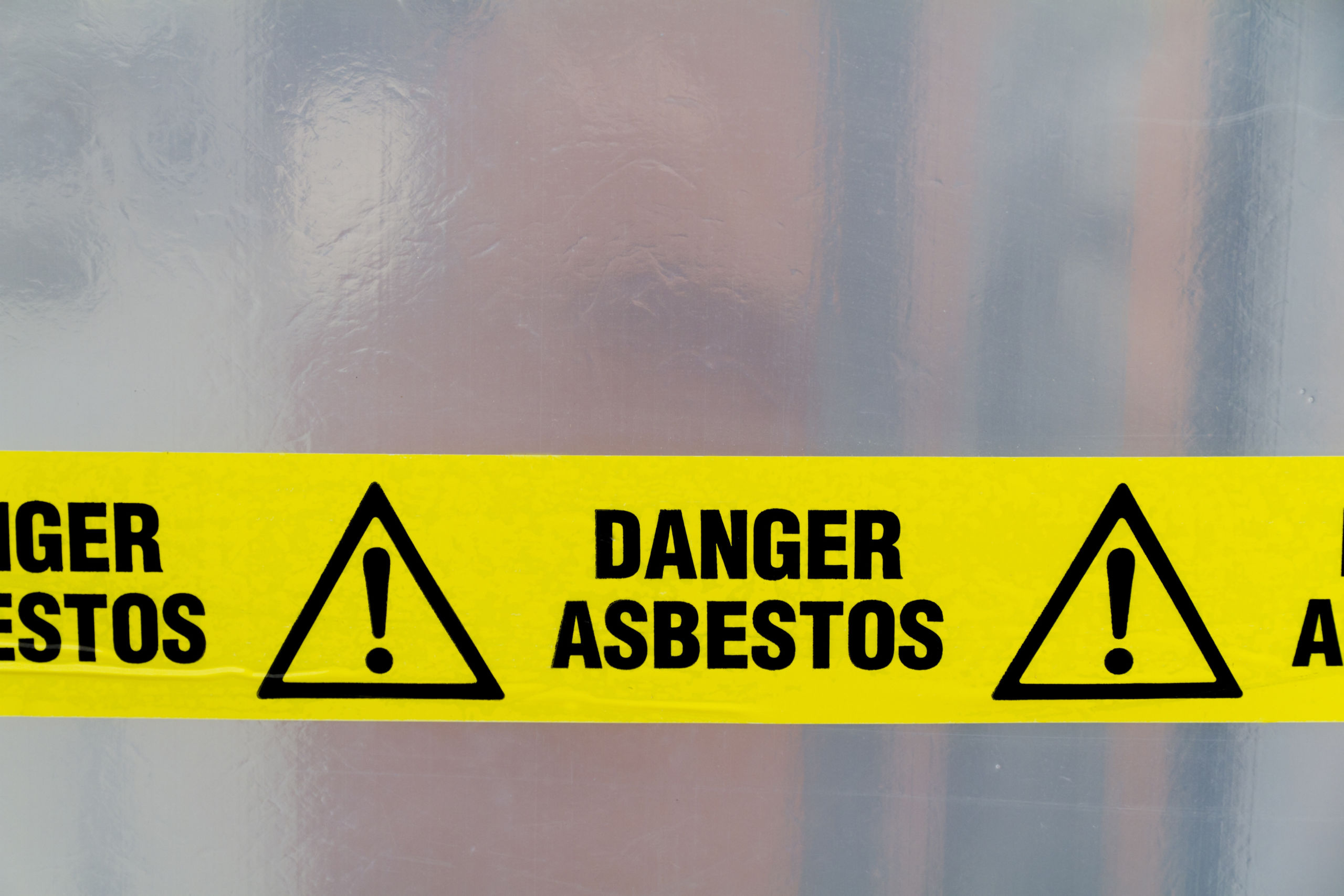By: Editorial Staff, Date: May 11th, 2022
East Cleveland homeowners have voiced their concern over the potential asbestos hazard at a demolition site in their neighborhood. One of them was Billy Reaves who has lived in the place for 28-years. She was extremely bothered about the asbestos-contaminated demolition debris which was left uncovered and could affect everyone in the area.
The amount of asbestos potentially available to go airborne could, in Reaves’ opinion, spread across the neighborhood, blown by local winds daily. It’s been at least five weeks since the original building was torn down and left in a pile of rubble, but since then none of the leftover material has been removed. According to Reaves, there was no containment, covering or tarping, wetting down or similar to prevent the dust from blowing away to the rest of the neighborhood.
In the report released by News 5, other homeowners in the area like Clarence Brown and Bernadine Bowie are worried that the thin red caution tape won’t be enough to keep children and teens from playing in the contaminated rubble.

“Whether we’re homeowners, renters or whatever, we all live here and we’re breathing in this,” Bowie said.
Other neighbors at least want to have some basic access to get the debris pile covered with basic tarps. Currently, all that blocks off the area is a basic red warning tap and nothing else. The local news notified the city, but to date, only pointing to various offices has occurred. In the meantime, Reaves’ neighborhood feels under siege.
For years before the 1970s, asbestos was used as a common fire retardant in buildings and construction. It was phased out in that decade because of how harmful the fibers could be for anyone who regularly breathed them in, lodging in the lungs and creating scar tissue that slowly suffocates the victim. However, if the asbestos stayed behind walls and didn’t circulate in the air, such as in the case of older buildings, it wasn’t near as much of a risk. That said, all the “locked away” benefits disappear when the walls and materials start being torn apart, which is what usually happens in a renovation or demolition. Ideally, the asbestos should be remediated prior to ripping things out. However, in Reaves’ case, she believes the work being done on her street is anything but ideal.
Upcoming Webcasts
Asbestos Litigation: What’s Changing in 2024 and Beyond
Asbestos-related cases have long been a focal point in the legal arena, and the year 2024 brings pivotal shifts and emerging trends that demand attention.


